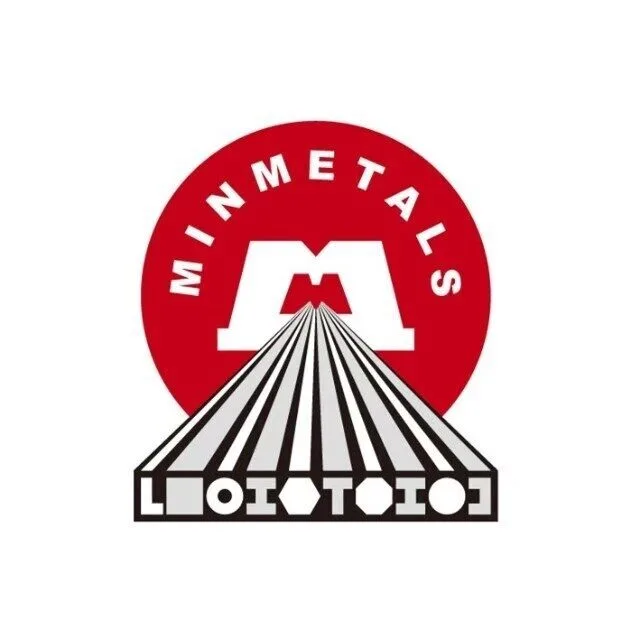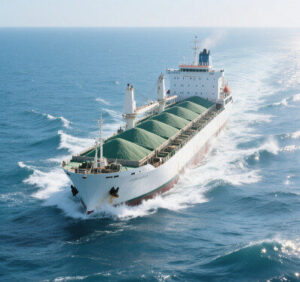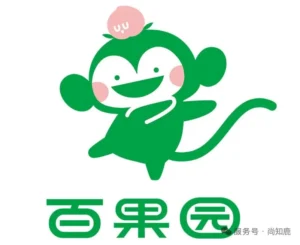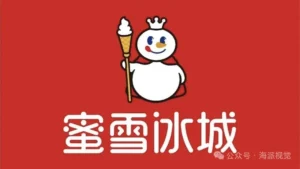Qinghai Salt Lake Industry Co., Ltd. (Salt Lake Potash) announced its 2025 interim report on August 29, revealing a strong financial performance despite market challenges. The company reported operating revenue of RMB 6.781 billion (USD 989 million) in the first half of the year, marking a 6.30% year-on-year decrease. However, net profit surged 13.69% to RMB 2.515 billion (USD 365 million), while adjusted net profit increased 16.24% year-over-year to RMB 2.509 billion (USD 364 million). These figures highlight Salt Lake Potash’s resilience and strategic agility in navigating industry dynamics.
Key drivers: Project Breakthroughs, Scale, and Cost Leadership
A company spokesperson attributed the strong results to four core factors: (1) advancements in flagship projects, (2) expansion of large-scale production capacity, (3) utilization of premium salt lake resources, and (4) unyielding cost competitiveness. With the support of its parent company, China Minmetals Corporation—a central state-owned enterprise—Salt Lake Potash is accelerating global resource acquisitions and market expansion. This positions the company as a key player in the critical minerals industry.
Potassium chloride and lithium carbonate: Dual Engines of Growth
Salt Lake Potash’s performance is anchored by its two core businesses: potassium chloride (KCl) and lithium carbonate (Li₂CO₃). These two minerals collectively form the backbone of Salt Lake Potash’s revenue.
Potassium Chloride:
- The company boasts an annual production capacity of 5 million tons, ranking it 4th globally.
- In the first half of 2025, the company produced 1.9898 million tons and sold 1.7779 million tons, achieving an impressive sales-to-production ratio of 89.6%.
- Tightened global supply, driven by maintenance shutdowns and production cuts by major international producers, has buoyed potash prices, providing a favorable market environment.
- Despite revenue contraction due to volume adjustments, the segment contributed approximately 65% of total revenue.
Lithium Carbonate:
- As China’s largest lithium producer from brine resources, Salt Lake Potash has an annual capacity of 40,000 tons.
- In the first half of 2025, Salt Lake Potash produced 20,000 tons and sold 20,600 tons (a sales-to-production ratio of 103%), reflecting strong demand.
- The 40,000-ton lithium salt expansion project is 71% complete, and the adsorption unit passed intermediate acceptance in June. Trial production is scheduled for September and aims to double capacity to 80,000 tons per year.
- The company plans to expand its industrial chain, increase product value, and promote China’s lithium industry to utilize resources efficiently and innovate technologically.
- Lithium carbonate accounted for over 30% of total revenue, driven by price hikes and premium product quality.
Cost Advantage and Scale Economics: A Competitive Edge
Professor Zhang Xiaofeng of the School of Economics at North Minzu University noted: “Salt lake lithium extraction has significant cost advantages. Salt Lake Potash’s existing production costs range from $5,000 to $6,000 per ton, which is significantly lower than that of global peers ($8,000 to $12,000 per ton). The upcoming 80,000-ton capacity expansion will drive costs below $4,500 per ton, reshaping its pricing power and supply chain influence.”
Tech-Driven Innovation: Fueling Future Growth
Salt Lake Potash’s R&D investment surged 15% year over year (YoY) to RMB 320 million (USD 46.4 million) in the first half (H1) of 2025, driving transformative advancements.
- Potassium Resources: Advanced extraction technologies for a sustainable supply.
- Lithium Processing: Optimized direct extraction processes achieved >99.9 wt% purity of Li-3 using solar-driven membrane technology.
- Circular Economy: Key breakthroughs in recovering lithium from waste liquid (recovery rate >90%), high-yield carbonate refining, and the co-production of magnesium and rare earth elements.
- Smart Operations: AI and automation integration reduced labor costs by 20%.
Global Ambitions and Strategic Trajectory:
The company is executing a multi-pronged strategy to solidify its leadership.
- Capacity Expansion: Doubling lithium capacity to 80,000 tons per year by the end of 2025.
- Cost optimization: Targeting $4,500/ton production costs through economies of scale.
- Tech Leadership: Aiming for >85% lithium recovery rates, setting industry benchmarks.
- Global Expansion: Leveraging Minmetals’ networks to penetrate Europe, South America, and Southeast Asia.
Financial Highlights and Outlook:
- Operating margin: 37.2% (compared to 34.5% in the first half of 2024).
- Net profit margin: 37.1% (up from 32.8% year over year).
- Cash reserves: RMB 3.2 billion (USD 464 million), providing strong liquidity.
- Long-term targets: – RMB 15 billion ($2.18 billion) in revenue and RMB 6 billion ($870 million) in net profit by 2027.
Conclusion
Amid the soaring demand for lithium (driven by electric vehicle batteries) and potash (used in agriculture), Salt Lake Potash’s timely investments, technological dominance, and cost advantages are positioning the company to capture growing market shares. Its H1 2025 results underscore its transition from a regional player to a global influencer in critical minerals, paving the way for sustainable profitability and industry leadership.
Key Data Summary (H1 2025)
| Metric | Value | YoY Change |
| Operating Revenue | RMB 6.781 billion ($989M) | -6.30% |
| Net Profit | RMB 2.515 billion ($365M) | +13.69% |
| Adjusted Net Profit | RMB 2.509 billion ($364M) | +16.24% |
| Potassium Chloride: | ||
| – Production | 1.9898 million tons | -8.5% |
| – Sales | 1.7779 million tons | -10.2% |
| – Capacity | 5 million tons/year | — |
| Lithium Carbonate: | ||
| – Production | 20,000 tons | +12% |
| – Sales | 20,600 tons | +15% |
| – Capacity | 40,000 tons/year | — |
| – Upcoming Capacity | 80,000 tons/year | +100% |
| R&D Investment | RMB 320 million ($46.4M) | +15% |
Source: Salt Lake Potash 2025 Interim Report, Interviews with Company Officials, and Analysis by Securities Daily.









